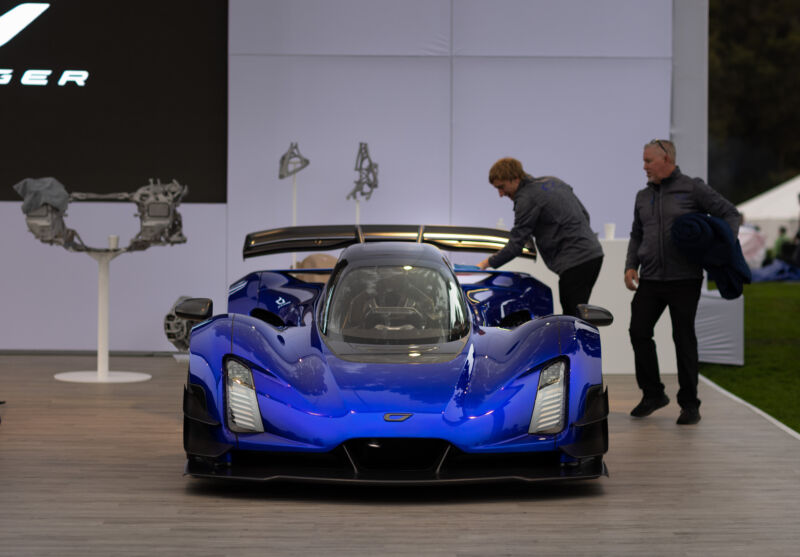
Rolex/Tom O’Neal
MONTEREY, Calif.—Perhaps the coolest thing I saw at the 2016 Los Angeles Auto Show was a concept car showing off the work of Divergent 3D. The intriguing thing wasn’t the concept itself but rather the direct-metal laser sintering technique that Divergent and its founder Kevin Czinger were developing as a much more rapid way to build low-volume vehicles.
Czinger started developing the 3D printers after earlier co-founding an electric vehicle company. “I learned that what slows down advances in the auto industry is hard-metal tooling and stamping,” Czinger told me in 2016. “You need hundreds of millions of dollars up front for hardware design and construction, which needs to be amortized, and changes to that hardware become prohibitively expensive.”
Sounds cool—did it go anywhere?
All too often, we get a glimpse of a promising new technology and then never hear about it again. Happily, that’s not the case here. Fast-forward six years, and not only are Divergent’s 3D printers in use at OEMs around the world, but Czinger is using them to create his own vehicles. They were on display at the Quail, an event that’s part summer garden party, part car show. It’s now a hot spot for the ultra-low-volume, ultra-high-performance side of the car industry.
“Divergent 3D has really become a big tier-one supplier to lots of the big car companies,” explained Lukas Czinger, SVP of operations at Divergent and a co-founder of Czinger. “What we’ve done with Divergent is invented our own design software, made our own 3D printing machines, our own materials, and our own assembly system. We have a factory in Los Angeles, and we make things like suspension systems or rear frames or front frames, and we supply those to the big car companies.”
Such supplier arrangements are almost invariably confidential unless disclosed by the automaker, but just before Car Week, Aston Martin announced it was using a Divergent-printed rear subframe for its DBR22 concept.
“Divergent’s mission is really to go global and grow big as a platform business, have hundreds of microfactories all over the world,” Lukas told me. The idea is to work with OEMs’ designs as any other supplier would.
“We own the printers, we own the assembly cells, we print, we assemble, and we ship them the part. Probably we’re co-located to most of these guys’ factories,” Lukas said.









